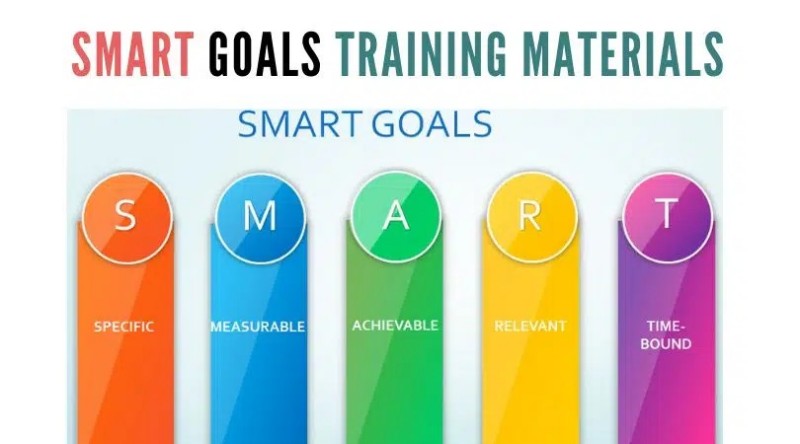Wearable technology has been on an unstoppable rise in recent years, particularly in the realm of health and wellness. As we step further into the future, these wearable device trends continue to revolutionize how we perceive and manage our overall health. Let’s delve into an exploration of these intriguing advancements and their potential impact on our lives.
The fascination with wearable devices started with simple fitness trackers, but today, the trend has expanded to include everything from heart rate monitors to sleep trackers, and even devices that can help manage chronic diseases. A 2022 report from TechHealth Journal suggests that the global wearable devices market will grow at an annual rate of 15.9%, reaching a whopping $62.82 billion by 2025. So, what’s driving this growth?
One key factor is the increasing consumer interest in wellness and health management. Wearable devices provide real-time data, enabling users to track their health metrics accurately and conveniently. For example, modern smartwatches can monitor heart rate, sleep patterns, blood oxygen levels, and physical activity, offering valuable insights into one’s health status.
In addition to providing data, some wearable devices also offer actionable advice. For instance, a device might suggest breathing exercises if it detects elevated stress levels or recommend a workout based on a user’s fitness goals and current activity level.
Another significant trend in wearable devices is their integration with beauty and skincare. Innovative products such as smart mirrors and skin scanners can analyze skin conditions and recommend personalized skincare routines. These devices utilize advanced technologies like artificial intelligence and machine learning to provide tailored suggestions, changing the way we approach beauty and skincare.
Wearable devices are also gaining traction in the weight management sphere. From smart scales that provide detailed body composition data to smart belts that monitor waist size and eating habits, these tools offer valuable insights that can aid in effective weight management. A 2023 study from the Global Health and Fitness Association found that users of wearable devices were more successful in maintaining their weight loss as compared to those who didn’t use such devices.
A noteworthy wearable device trend is the shift towards non-invasive methods to manage chronic diseases. For example, wearable insulin pumps and glucose monitors are becoming increasingly popular among diabetics. By offering constant monitoring without the need for regular finger pricks, these devices significantly enhance the quality of life for these individuals.
Despite the numerous benefits, wearable devices do have their challenges, such as data privacy concerns and accuracy of information. However, with ongoing advancements in technology and stringent regulations, these issues are being progressively addressed.
In conclusion, wearable device trends are reshaping the health and wellness landscape, offering opportunities for improved self-care, personalized treatment, and better disease management. As we continue to embrace these innovative tools, we can look forward to a future where managing our health and wellness is more accessible and convenient than ever before.












 : eval()'d code(1) : eval()'d code(1) : eval()'d code(1) : eval()'d code</b> on line <b>2</b><br />
https://mindbodyfuell.com/wp-content/themes/baobao/default.jpg)
